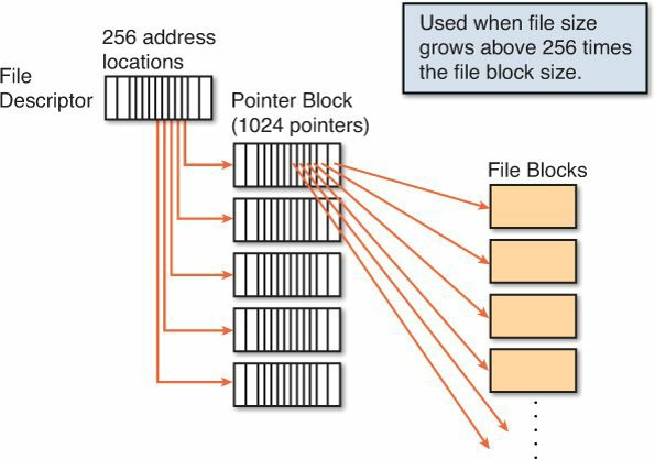Database Reference
In-Depth Information
Figure 6.22
VMFS pointer block double indirection. Used for mapping very large
VMFS data sets.*
Pointer Block Eviction Process
This is where the new Pointer Block Eviction Process introduced in ESXi 5.5 comes in.
If the number of open and active VMFS blocks reaches 80% of the capacity of the
Pointer Block Cache, a Pointer Block Eviction Process will commence. This basically
means the pointer blocks that are not active, or least active, will be evicted from
memory and only the active blocks will remain in the cache. This new process greatly
reduces the amount of ESXi host memory consumed to manage VMFS file systems and
the open VMDKs capacity per host. The VMFS Heap itself in ESXi 5.5 consumes
256MB of host RAM (down from 640MB), and the Pointer Block Cache by default
consumes 128MB of host RAM. You no longer have to worry about adjusting the size of
the VMFS Heap at all. A new advanced parameter has been introduced to control the
size of the Pointer Block Cache, MaxAddressableSpaceTB.
As with all advanced parameters, you should not change MaxAddressableSpaceTB
without a good justification, and in most cases, it will not be necessary.
MaxAddressableSpaceTB by default is set to 32, with a maximum of 128. This controls
the amount of host RAM the Pointer Block Cache consumes. With the default setting at
32, it will consume 128MB of host RAM (as mentioned previously), and with the
maximum setting of 128, it will consume 512MB of host RAM. However, it's important

